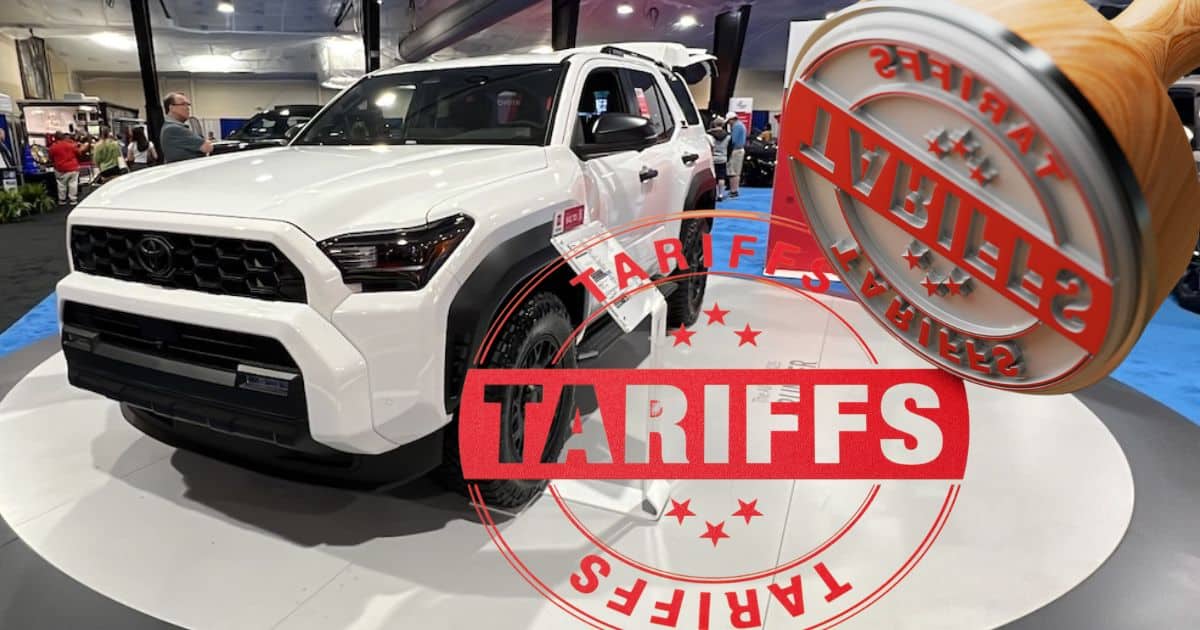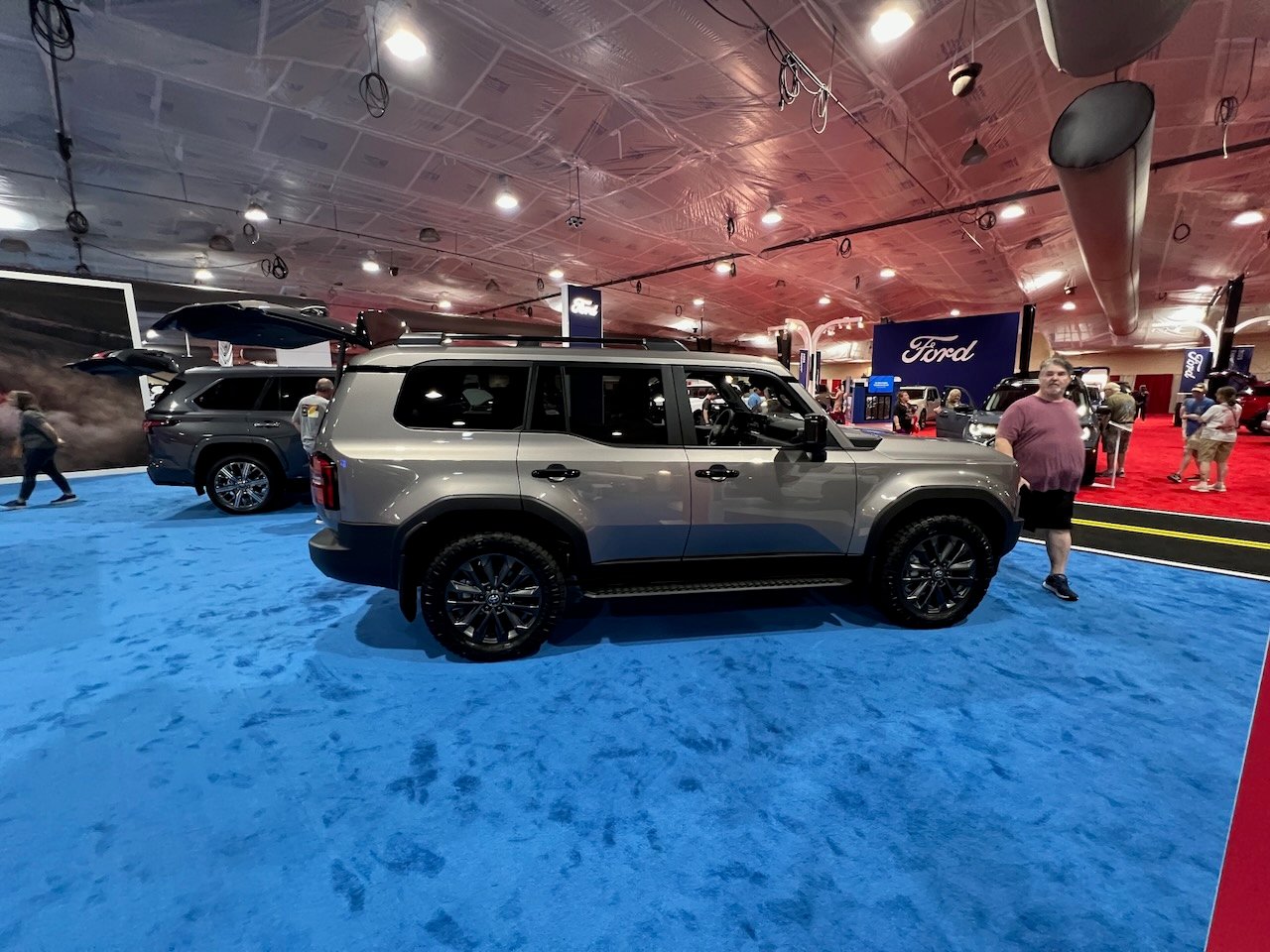The $1.3 Billion Tariff Shock: Why Toyota Is Bracing—and So Should You

In early 2025, President Trump’s administration rolled out a sweeping 25% tariff on imported vehicles, a move that immediately rattled global automakers, and no one felt the shakeup quite like Toyota. With millions of cars assembled abroad each year, the Japanese giant now finds itself facing some tough decisions. And here’s the part that hits closer to home: if you’re in the market for a new car or SUV, you might be footing the bill.
Let’s break down what this tariff actually means and why it matters, not just to Toyota’s bottom line, but to you, the American car buyer.
A Big Bill for Toyota
First, the numbers. Toyota, which ships millions of vehicles from overseas to U.S. dealerships, took a $1.3 billion hit to its U.S. profits in just the first two months after the tariffs kicked in. That’s a staggering figure—and it doesn’t include the long-term costs if the tariffs stick around.
CEO Koji Sato was candid about the uncertainty. The company hasn’t committed to raising prices yet. But reading between the lines, Toyota seems to be holding its breath, watching to see whether this is a short-term disruption or a long-term shift in U.S. trade policy.
No Price Hikes… For Now
Unlike some of its American rivals, Toyota isn’t rushing to slap higher price tags on vehicles. Ford, for example, has already announced up to $2,000 increases on three of its Mexico-built models. General Motors trimmed its profit forecast by a whopping $4 billion.
Toyota’s playing the long game. They’re absorbing the financial punch—for now—while rethinking supply chains, renegotiating contracts, and even eyeing more U.S.-based production. But make no mistake: if the pressure continues, those costs will eventually show up somewhere. And odds are, that “somewhere” is the showroom floor.

What It Means for You
Here’s the real kicker. The Anderson Economic Group estimates that prices on imported vehicles could rise by anywhere from $2,000 to $12,000. That’s not just for luxury rides, either. Entry-level sedans, mid-size SUVs, and even the rugged 4x4s loved by off-road enthusiasts are all at risk.
For folks dreaming of customizing their truck or SUV, things could get pricier still. A lot of aftermarket parts come from countries now facing retaliatory tariffs, so the lifted suspension kit or performance exhaust system you’ve been eyeing might soon cost a lot more.
Navigating the Uncertainty
This tariff situation is still unfolding. Trade talks are ongoing, and depending on how negotiations go, the landscape could shift quickly.
So what can you do if you’re thinking about buying?
- Watch for price changes. Automakers will respond at different speeds. Toyota’s holding out, but that could change with little notice.
- Check dealer incentives. To keep sales moving, dealerships might offer financing perks or rebates that offset tariff-driven increases.
- Consider domestic models. Vehicles assembled in the U.S. may be less affected, though even they can include foreign-made parts.
- Be flexible. If you’re not tied to a specific model or trim, you may find better deals in less impacted segments.

Final Thoughts
These new tariffs are a big deal for global automakers, and Toyota is right in the crosshairs. But the bigger story might be how this all plays out at your local dealership. Prices could rise, options may narrow, and those once-affordable upgrades could start to feel like luxuries.
As someone who keeps an eye on both the car industry and the policies shaping it, my goal is to help you make informed choices. Whether you’re shopping for your next ride or just watching the market, one thing’s for sure: change is already here, and more is coming.
Stay sharp, stay flexible—and if you’re planning a purchase, now’s a good time to pay attention.
